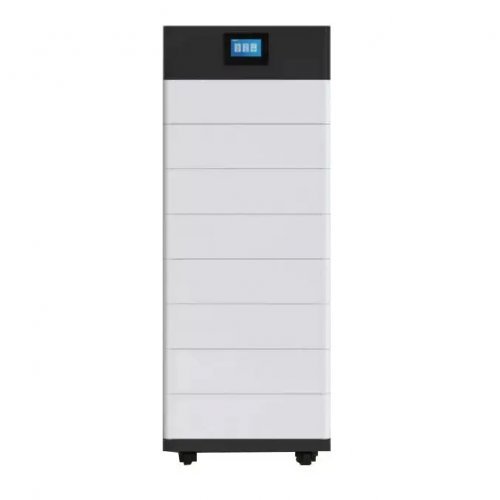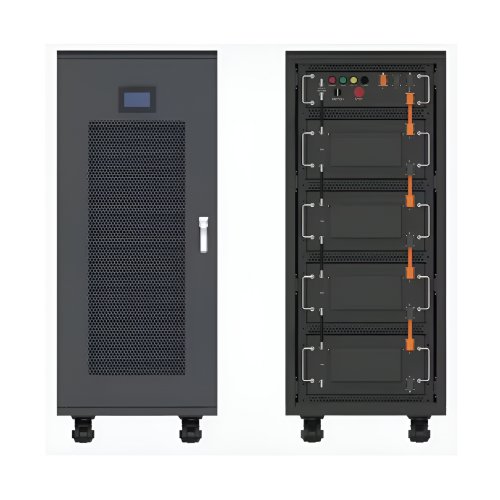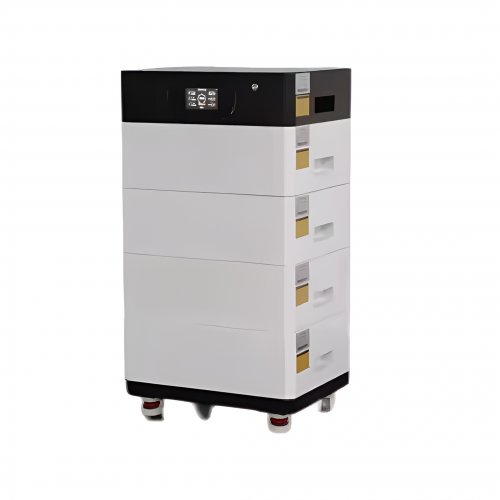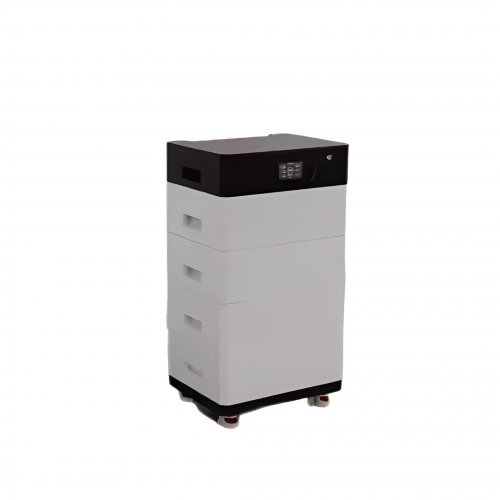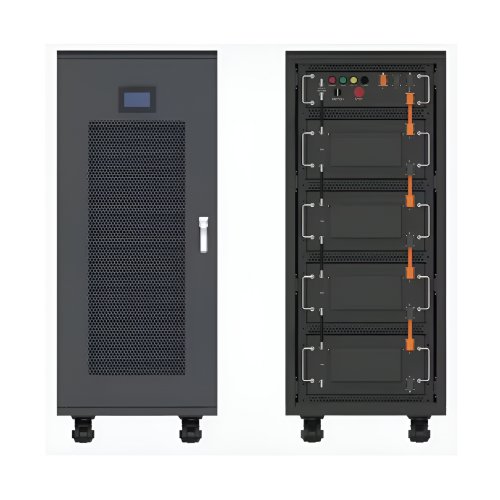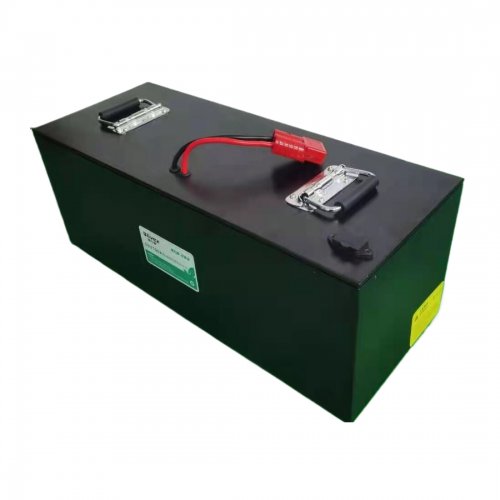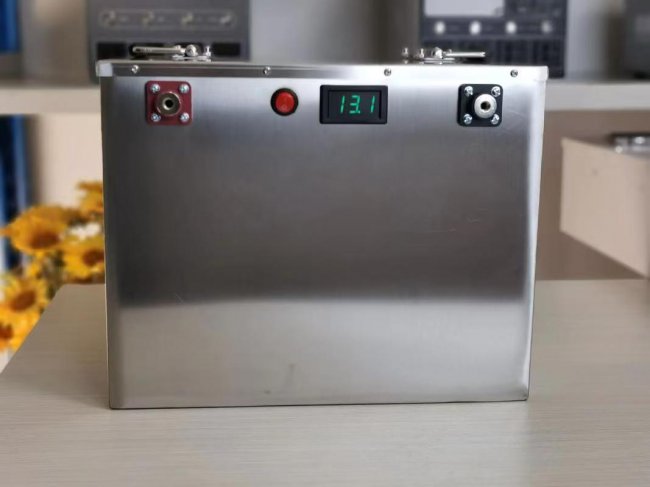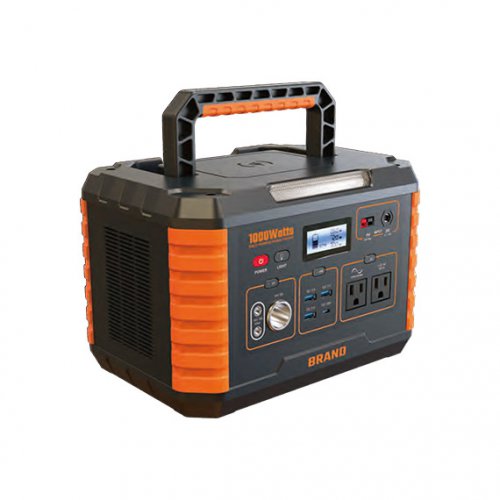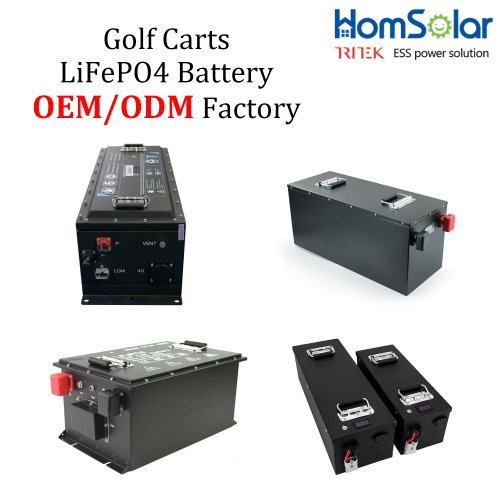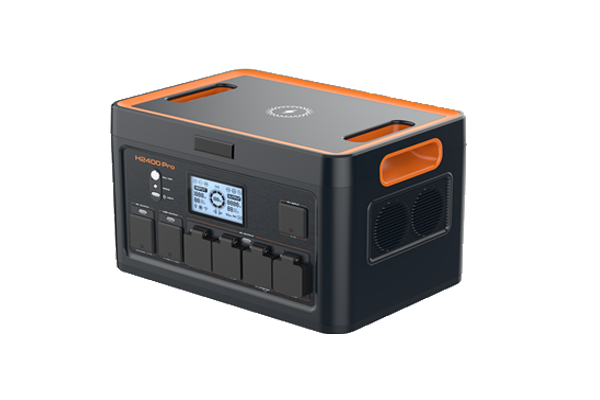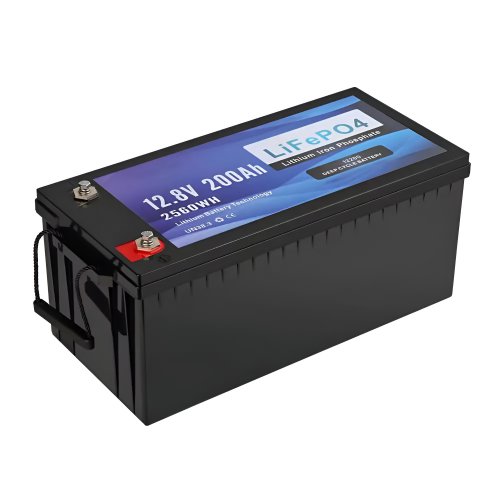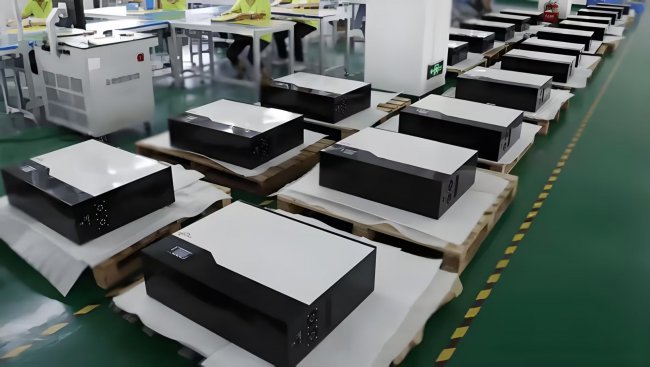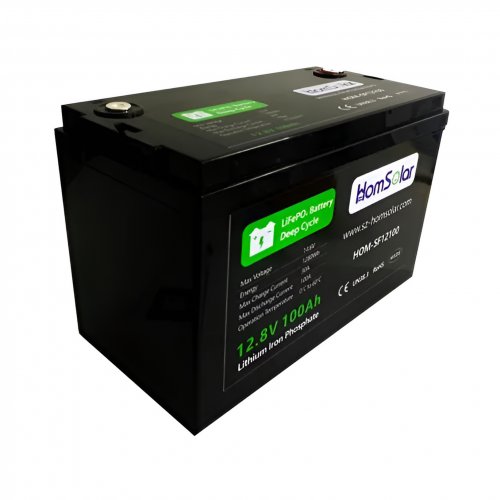How To Use Lifepo4 Battery: A Comprehensive Guide To Maximizing Performance And Lifespan
Lithium Iron Phosphate (LiFePO4) batteries have revolutionized energy storage across various applications, from recreational vehicles and marine use to solar power systems and portable electronics. Renowned for their exceptional safety, long cycle life, and stable chemistry, they are a superior alternative to traditional lead-acid batteries. However, to fully harness their potential and ensure they last for thousands of cycles, proper usage is paramount. This guide provides detailed steps, practical tips, and crucial precautions for using your LiFePO4 battery effectively.
A correct start is critical for long-term battery health.
Step 1: Initial Inspection and Charging Upon receiving your new LiFePO4 battery, first inspect it for any physical damage such as dents, cracks, or leaking. If any damage is found, do not use it and contact the supplier immediately.
Most LiFePO4 batteries are shipped with a partial state of charge (typically around 30-50%). Your first action should be to fully charge it using a compatible LiFePO4-specific charger. This initial full charge helps balance the cells internally. Avoid using chargers designed for other lithium-ion chemistries (like NMC or LCO) or lead-acid batteries, as their voltage profiles are different and can be detrimental.
Step 2: Installation PrecautionsLocation: Install the battery in a dry, well-ventilated area. While LiFePO4 batteries are very safe and do not emit gas under normal operation like lead-acid batteries, ventilation is still a good practice. Avoid locations with direct exposure to sunlight, excessive heat, or potential for water immersion.Mounting: Secure the battery firmly to prevent movement or vibration, especially in vehicles or boats. Most LiFePO4 batteries can be mounted in any orientation, but it's always best to check the manufacturer's manual.Connections: Use clean, tight, and corrosion-free terminals. Ensure the cables are of the correct gauge to handle the maximum expected current. Connect the positive terminal first, followed by the negative. This sequence minimizes the risk of short circuits. Always use insulated tools.
Step 3: System Integration If you are integrating the battery into a system with an inverter, solar charge controller, or a Battery Management System (BMS), ensure all components are configured for LiFePO4 chemistry. The built-in BMS in your battery protects it from overcharge, over-discharge, and short circuits, but the external devices should be set to the correct voltage parameters to work in harmony with the BMS.
Charging Your LiFePO4 Battery
1. Use the Correct Charger: This cannot be overstated. A LiFePO4 charger delivers a Constant Current (CC) followed by a Constant Voltage (CV) charge profile, typically ceasing at around 14.0V to 14.6V for a 12V system (depending on the manufacturer's specifications). 2. Optimal Charging Voltage: For longevity, it is often recommended to charge to a slightly lower voltage, such as 13.8V to 14.2V for a 12V battery. This reduces stress on the cells and can significantly extend the cycle life, with only a minimal reduction in usable capacity. 3. Charging Temperature: Charge the battery within its specified temperature range, usually between 0°C to 45°C (32°F to 113°F). Charging below freezing (0°C) without a battery with a built-in low-temperature charge cutoff can cause permanent damage.
Discharging Your LiFePO4 Battery
1. Understand the Voltage Curve: Unlike lead-acid batteries, LiFePO4 batteries maintain a very stable voltage for most of their discharge cycle. The voltage will only drop significantly when the battery is nearly empty. 2. Avoid Deep Discharge: While LiFePO4 can be deeply discharged, for maximum lifespan, avoid regularly draining it to 0% State of Charge (SOC). Try to recharge before it drops below 20% SOC. The built-in BMS will typically disconnect the load at around 10-20% SOC to protect the battery. 3. Continuous and Peak Current: Adhere to the battery's specifications for maximum continuous discharge current and peak surge current. Exceeding these limits will trigger the BMS to shut down the battery to prevent damage.
Routine Maintenance LiFePO4 batteries are virtually maintenance-free. There is no need to equalize or water them. Periodically, you should:Check the terminal connections for tightness.Clean any dust or debris from the battery case.Monitor the battery's state of charge if you have a voltmeter or battery monitor.
Long-Term Storage If you plan to store the battery for an extended period, follow these steps to preserve its health: 1. Partial Charge is Key: Do not store the battery fully charged or fully depleted. The ideal storage charge is between 50% and 70% SOC. This corresponds to a resting voltage of approximately 13.3V to 13.4V for a 12V battery. 2. Disconnect: Disconnect the battery from any load or charger. 3. Cool and Dry Location: Store it in a cool, dry place. The lower the storage temperature, the slower the natural self-discharge rate. A storage temperature of 10°C to 25°C (50°F to 77°F) is ideal. 4. Periodic Check: Every 3-6 months, check the voltage. If it has dropped close to the BMS low-voltage disconnect level, give it a partial charge back to the 50-70% SOC range.
Practical Tips for Enhanced Lifespan:Invest in a Monitor: A dedicated battery monitor (like a shunt-based monitor) is invaluable. It provides accurate data on State of Charge, current flow, and amp-hours consumed, taking the guesswork out of battery management.Partial Cycling is Beneficial: You do not need to perform full 100% to 0% cycles. Frequent, shallow discharges (e.g., from 80% to 50%) are much less stressful on the battery and contribute to a longer overall life.Balance the Cells: Over very long periods, the individual cells in a battery pack can become slightly imbalanced. Some advanced chargers or the BMS itself may have a "balance" function. Occasionally charging to 100% (14.4V-14.6V) can allow the BMS to perform this balancing function, but this is only necessary a few times a year.
Critical Warnings and What to Avoid:DO NOT Overcharge: The BMS is your last line of defense. Consistently relying on it to stop an overcharge from an incorrect charger will eventually lead to failure and a potential fire hazard.DO NOT Short Circuit: A short circuit can generate immense heat, damage the battery, and pose a serious safety risk. The BMS usually has short-circuit protection, but it is not a substitute for safe wiring practices.DO NOT Pierce or Incinerate: While the LiFePO4 chemistry is inherently stable and non-flammable, physically destroying any battery is extremely dangerous.DO NOT Submerge in Water: The battery is typically IP-rated, but it is not designed to be submerged.Avoid Extreme Temperatures: High temperatures are the primary enemy of lithium-ion battery lifespan. Continuous exposure to heat above 45°C (113°F) will accelerate degradation.
By adhering to this comprehensive guide, you can ensure that your LiFePO4 battery delivers on its promise of safety, reliability, and a exceptionally long service life, providing you with clean and efficient power for years to come.
Customized/OEM/ODM Service
HomSolar Supports Lifepo4 battery pack customization/OEM/ODM service, welcome to contact us and tell us your needs.


HomSolar: Your One-stop LiFePO4 Battery Pack & ESS Solution Manufacturer
Our line of LiFePO4 (LFP) batteries offer a solution to demanding applications that require a lighter weight, longer life, and higher capacity battery. Features include advanced battery management systems (BMS), Bluetooth® communication and active intelligent monitoring.

Customised Lithium Iron Phosphate Battery Casing
ABS plastic housing, aluminium housing, stainless steel housing and iron housing are available, and can also be designed and customised according to your needs.

HomSolar Smart BMS
Intelligent Battery Management System for HomSolar Energy Storage System. Bluetooth, temperature sensor, LCD display, CAN interface, UART interface also available.


Terminals & Plugs Can Be Customized
A wide range of terminals and plugs can be customised to suit the application needs of your battery products.

Well-designed Solutions for Energy Storage Systems
We will design the perfect energy storage system solution according to your needs, so that you can easily solve the specific industry applications of battery products.



About Our Battery Cells
Our energy storage system products use brand new grade A LiFePO4 cells with a battery lifespan of more than 4,000 charge/discharge cycles.



Applications in Different Industries
We supply customized & OEM battery pack, assemble cells with wiring, fuse and plastic cover, all the cell wires connected to PCB plug or built BMS.
Applications: E-bike, Electric Scooter, Golf Carts, RV, Electric Wheelchair, Electric Tools, Robot Cleaner, Robot Sweeper, Solar Energy Storage System, Emergency Light, Solar Power Light, Medical Equipment, UPS Backup Power Supply.
We can provide you with customized services. We have the ability to provide a vertical supply chain, from single cells to pack/module and to a complete power solution with BMS, etc.


HomSolar (Shenzhen) Technology Co., Ltd







